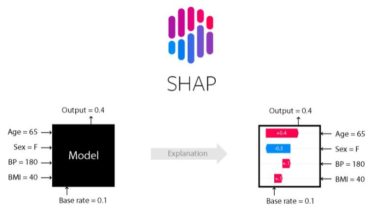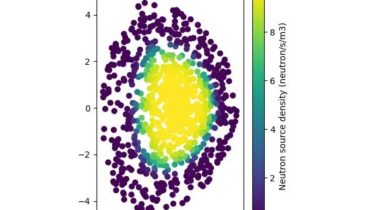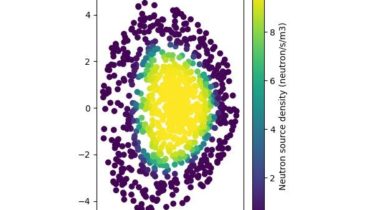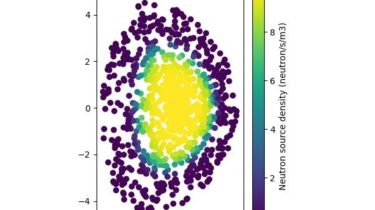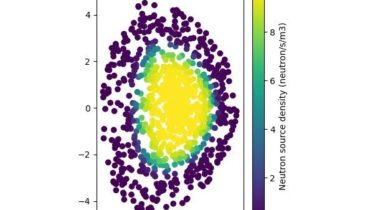A Python package which helps to debug machine learning classifiers and explain their predictions
ELI5 is a Python package which helps to debug machine learning classifiers and explain their predictions. It provides support for the following machine learning frameworks and packages: scikit-learn. Currently ELI5 allows to explain weights and predictions of scikit-learn linear classifiers and regressors, print decision trees as text or as SVG, show feature importances and explain predictions of decision trees and tree-based ensembles. ELI5 understands text processing utilities from scikit-learn and can highlight text data accordingly. Pipeline and FeatureUnion are supported. […]
Read more
